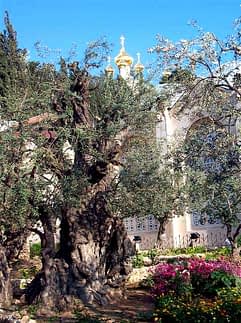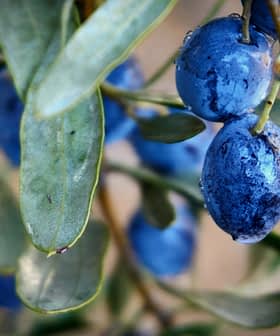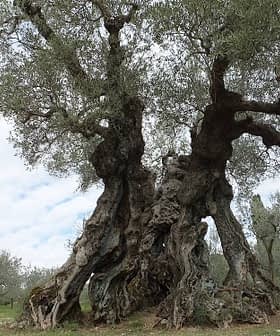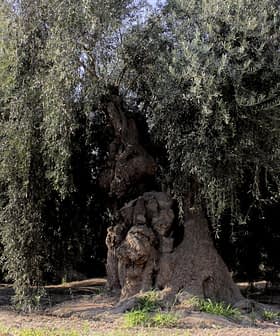 12K reads
12K readsWorld
A three year study conducted on three of the olive trees located in Gethsemane, Jerusalem, has shown that their trunks and branches are around 900 years old, making them among the oldest known olive trees.
The study, which was carried out by the Italian national research council in conjunction with Italian universities, examined samples from three of the eight olive trees that stand in the religiously significant garden. The samples indicated that the trees dated back to the mid 12th century, although it is thought that the roots may be even older than this.
Carbon dating indicated that the three samples came from the years 1092, 1166 and 1198 respectively. The remaining five trees could not be analysed as they have become so gnarled that the trunks are hollowed out, leaving only younger plant material.
The DNA analysis also showed that the trees all had an identical genotype, indicating they are likely have originated from a common ‘parent’ tree. This suggests that the trees were originally branch cuttings taken from a larger tree, possibly in an attempt to sustain their lineage. This practice is still common today.
There is some debate as to the accuracy of various techniques in ascertaining the age of olive trees. Many ancient olive trees around the world have not undergone reliable scientific testing, and the estimates of their true age vary greatly.
Two famous olive trees often lay claim to being the world’s oldest. The olive tree of Vouves in Chania, Greece, a tree that still produces fruit, is thought to be 2,000 years old according to tree ring analysis. However some scientists believe it is closer to 4,000 years in age. The other contender is the Al Badawi tree in the village of Al Walaja, Bethlehem, which is thought to be between 4,000 and 5,000 years old.

The Garden of Gethsemane, (Gethsemane means ‘olive press’ in Hebrew), is an important location for Christians, Jews and Muslims. It is thought to be the place where Jesus Christ prayed before he was crucified and was later betrayed by Judas.
Although there are mentions of adult olive trees being present at this time in the Bible, it is unclear as to whether these are the same trees that stand in the spot today. Olive trees are capable of growing back from the roots if they are cut down, and there is also the possibility that the trees were replanted or replaced at some point over the years.
The age of the samples fits well with what is known of the period, based on travel chronicles of pilgrims. It is alleged that the second Gethsemane balisca was constructed around this period, and it seems likely that the garden was rearranged, resulting in renovation of the olive trees during the building process.









